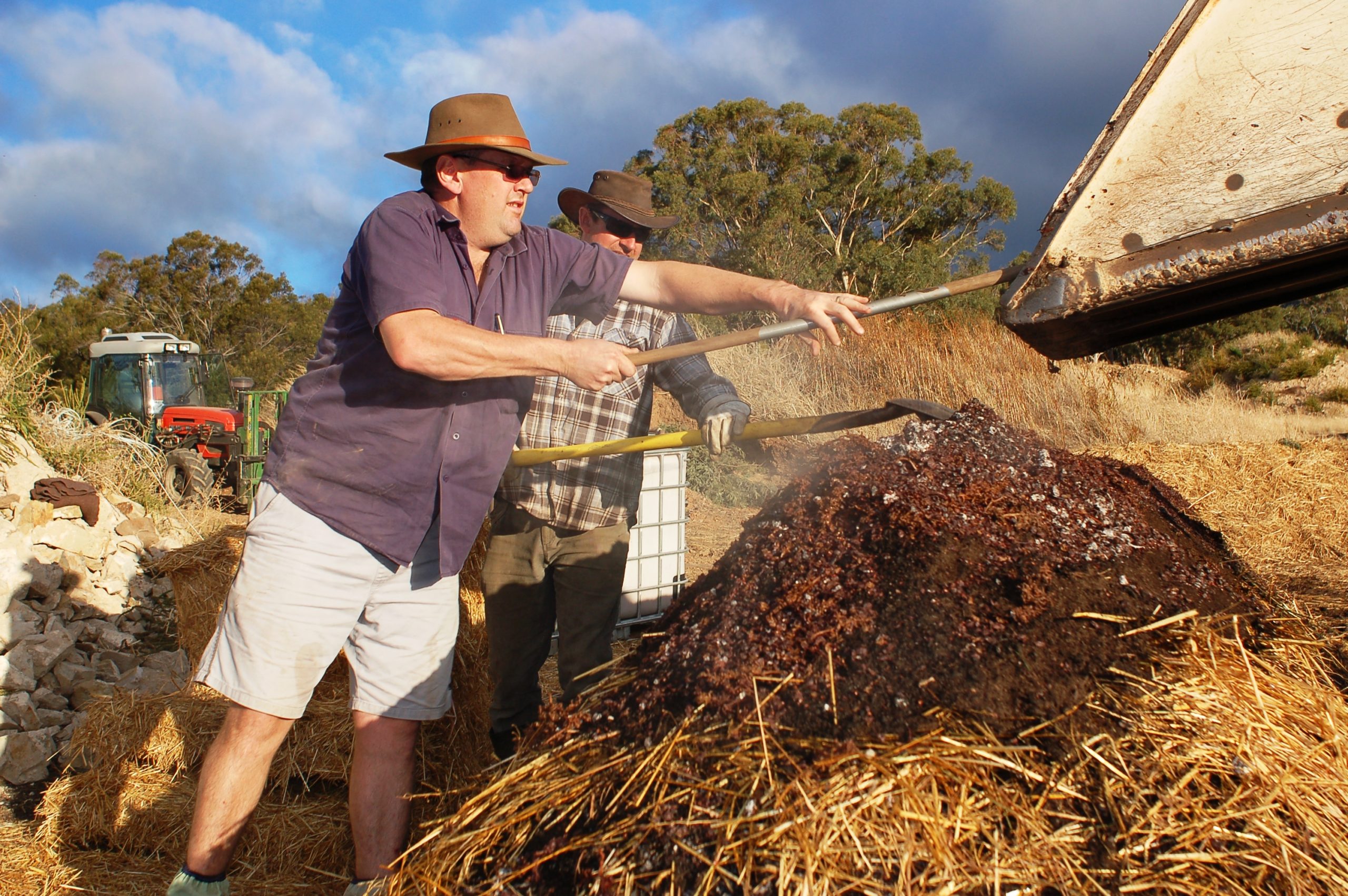Reducing the volume of your garbage and obtaining your fertilizer are the fundamental objectives of composting. From theory to practice, many questions arise along the way:
- How to start a compost bin in the garden? Or vermicompost in an apartment?
- What waste to put in the composter daily?
- How to avoid odors while obtaining compost close to the bags sold in garden centers?
This post tells you how to do it correctly.
To start with your composter.
The practice of composting is not restrictive. But like all new habits, it requires a bit of adaptation to adopt the good reflexes definitively. Some practical advice will help you get started.
The location and the installation of the composter in the garden
First of all, as far as the installation is concerned, reserve a place for it in a sufficiently shaded area and sheltered from the wind. Be sure to keep it away from the neighborhood, but install it in a place that is accessible throughout the seasons.
Your compost bin should be open at the bottom to benefit from direct contact with the soil and the micro-organisms to promote decomposition.
To begin, spread a layer of straw, wood chips, or grass clippings at the bottom of your composter that you will have previously let dry. This bed of dry waste will ensure good aeration of your compost pile.
If it is a vermicomposter
Vermicomposting: Raising Worms to Compost Your Waste
In an apartment, composting is also possible with a vermicomposter. You will have to get worms to start, but before their arrival, you must prepare an adequate litter to facilitate their installation.
The vermicomposter is equipped with holes at the bottom of the bin to collect the compost juice. Place a piece of cardboard to cover the holes so that the worms don’t crawl in. On top of this lay small pieces of brown cardboard such as egg cartons, toilet paper rolls, and then materials such as coffee filters and grounds, brewed tea bags, potting soil, and crushed eggshells. Moisten and mix. Be careful, though; worms are susceptible to chemicals. Use only untreated waste at the risk of scaring them away or killing them.
What do we put in our composter daily?
In parallel with the food, one of the basic rules is to make varied and balanced contributions to obtain good compost. For a sound degradation of organic matter, the volume and the distribution of the various types of waste are essential.
Green” and wet waste up to 40 to 50%.
These materials are rich in nitrogen and can be recognized by their soft texture.
– Kitchen waste, such as fruit and vegetable peelings, citrus fruit and banana peels, or spoiled vegetables that you should cut into pieces for faster degradation
– You should cut coffee grounds and biodegradable paper filters into small pieces beforehand
– Tea leaves and tea bags without staples and labels, except for the synthetic fiber bags that do not degrade in the composter
– Vegetables to be left to dry beforehand to limit foul odors linked to too much humidity in the case of a substantial contribution of wilted flowers, lawn clippings, vegetable garden waste, and weeds without seeds
Brown” and dry waste up to 50 to 60%.
These rather hard materials bring the necessary balance to the compost thanks to their richness in carbon.
– Paper towels and tissues without cleaning products
– Cardboard without toxic inks and packaging labeled “OK Compost Home
– Hay and straw
– Shredded twigs, bark, and branches
– Litter for small pets, only herbivores such as rabbits or guinea pigs
– Wood shavings in small quantities
Waste to be put in your composter occasionally
– You should crush eggshells because they take a long time to decompose
– Leftovers from meals without sauces should be put in small quantities, after 3 months only, without meat or fish to avoid attracting pests
– Wood ash is rich in trace elements, mainly limestone, which will make the compost pile too alkaline for the soil micro-organisms
In theory, all organic matter decomposes. So why are some to be avoided? Simply because a bad association in the compost bin can unbalance the ecosystem and hinder the activity of detritivores.
What to put in your composter to obtain good compost?
Keeping a compost bin requires a minimum of maintenance for optimal decomposition and, in the end, an excellent fertilizer to reuse. It is necessary to regularly ensure that the contents of the composter are mixed and aerated. Air and water need to circulate to promote microbial activity.
A simple trick to speed up the decomposition of organic matter is to add sugar water with baker’s yeast or nettle manure as compost activators.
Good compost can be recognized by its dark color, fine texture, and peaty smell. To get close to the look of specialty potting soils, mix more than 50% soil into your compost.
What should I do if I have bad smells or insects in the composter?
Bad experiences with composting do happen. However, don’t be discouraged. There is a solution for every problem.
A rotten egg smell?
This inconvenience is caused when the compost is too wet and not oxygenated enough. It is then necessary to rebalance by adding brown and dry waste. Mix well and leave open when it is not raining to facilitate the evaporation of excess humidity.
An ammonia smell?
This happens when there is too much grass in the composter. You should add brown waste such as sawdust, wood chips, or dry leaves.
Gnats in your compost bin?
They may have been attracted by waste that is not recommended for composting. Open your bin and spread a layer of soil, sawdust, or leaves on top to cover.
